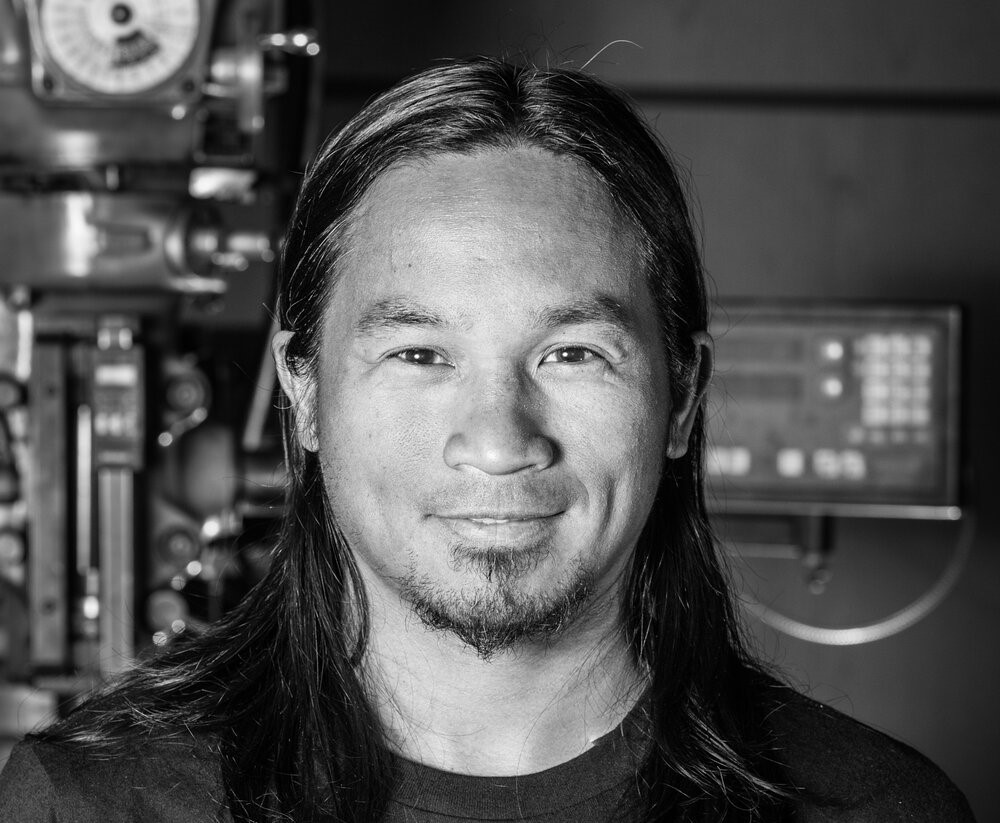The Impact of EcoSprints: Robert Suarez

Robert Suarez started his design career coming up with cool, new toys for kids.
“It was super exciting until I realized that I was designing plastic stuff that was made in China, wrapped in plastic, and then shipped across the sea,” he says. “If it didn’t fall off a ship into the ocean, it ended up on a shelf, and then in a landfill.”
So, Suarez became more intentional in how he used his industrial design training, and now focuses on what he calls life-friendly design. His mantra “save our planet, save ourselves” led him to take on the challenge of designing this platform—Suarez was a key member of Planet Home’s founding team in 2018.
“The core question in the design of Planet Home was how to promote solutions at scale,” he explains. To organize the many challenges facing the planet, Planet Home focuses its work around four areas—Eat, Make, Move, and Live—which serve as starting points for deeper discussions. For example, Suarez says, asking the public to think about what they eat leads to examination of more complicated topics like land stewardship and food production practices.
Using the “Eat, Make, Move, Live” framework, Planet Home has hosted glittering events that combine education and entertainment with headliners like Snoop Dogg, Wyclef Jean, and Bill Nye, built a strong social media following, and created a network of “Solutionists” who connect with one another to level up their work.
But the most exciting progress happens at Planet Home’s EcoSprints. Suarez proposed the idea of EcoSprints, or high-level ideation sessions, as a way for Planet Home to scale up existing environmental solutions and come up with new ideas.
Here’s how it works: First, leaders from all sides of a challenge – like transitioning to clean energy – are invited to attend. Suarez says it’s essential to include socio-cultural leaders, technologists, environmental experts, the business community, and political stakeholders. Attendees are then asked to imagine the world they’d like to live in 20 years from now.
They imagine their vision, then, they work backward….but they determine what needs to be done, say, 5 years prior to the 20 year date. Let’s say they envision the year 2045, the first step is to determine what needs to be in place by 2040, then 2035, 2030, 2025, and finally today.
At the end of an EcoSprints, a plan takes shape, connections are strengthened, and everyone leaves with a document outlining concrete actions to be taken over the next 90 days. “EcoSprints generate new solutions and help improve or replicate existing solutions,” Suarez says.
On March 11th, Planet Home hosted an EcoSprint in partnership with Blue Planet Alliance, focused on bringing Hawaii’s plan to run entirely on renewable energy by 2045 to other island nations. The event took place at clean energy leader Henk Rogers’ solar-powered ranch, and gathered around the tables were lawmakers, business leaders, and clean energy technologists.
The results are a viable plan to help island nations transition to renewable energy by 2045—a goal that Hawaii is already well on its way to reaching thanks to Rogers’ advocacy through his Blue Planet Alliance and buy-in from Hawaiian lawmakers.
“We look for solutions where purpose and profit can combine for the greatest impact,” Suarez says. With the right people around the table, EcoSprints can result in radical change.
-Vanessa Glavinskas


Leave a Reply